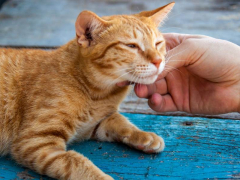
Declawing is a surgical procedure that permanently removes a cat’s claws. It’s one method used by cat owners to prevent a cat from damaging household items like furniture, carpets, and curtains when the cat scratches, which is normal feline behavior.
Once seen as a routine practice, declawing cats has become a hot-button topic in recent decades, as more people have come to view the procedure as inhumane and even barbaric.
About Declawing Cats
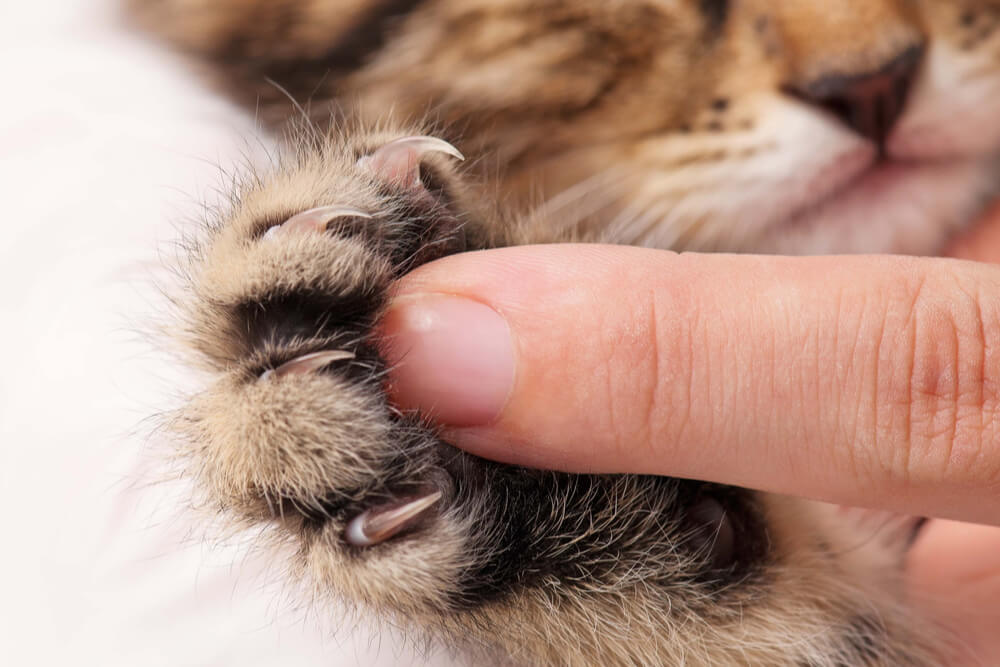
Declawing doesn’t just remove a cat’s claws. It partially amputates their toes, removing the last bones and ensuring that the claws can’t grow back.
The cat declawing surgery is officially known as an onychectomy.
Declawing is a partial digital amputation—the distal phalanx (last bone) of each toe is removed with a surgical blade (scalpel), surgical laser or sterilized guillotine-style nail clipper.
Because the claws are attached to the distal phalanges (plural for phalanx), removing these bones means the claws will not grow back. However, in some instances, the surgeon may fail to remove the entire distal phalanx, in which case the claw might experience regrowth.
A declaw surgery is performed while the cat is under anesthesia. The veterinarian surgically removes the last toe bone of each toe, then closes up each toe with sutures (usually dissolvable stitches) or surgical glue, and bandages the paws. Typically, only the claws on the front paws are removed because cats mostly use their front paws for scratching.
An alternative surgery to a declaw surgery is a tendonectomy, in which the tendons under the toes are cut to prevent the cat from extending its claws.
Pros of Declawing Cats
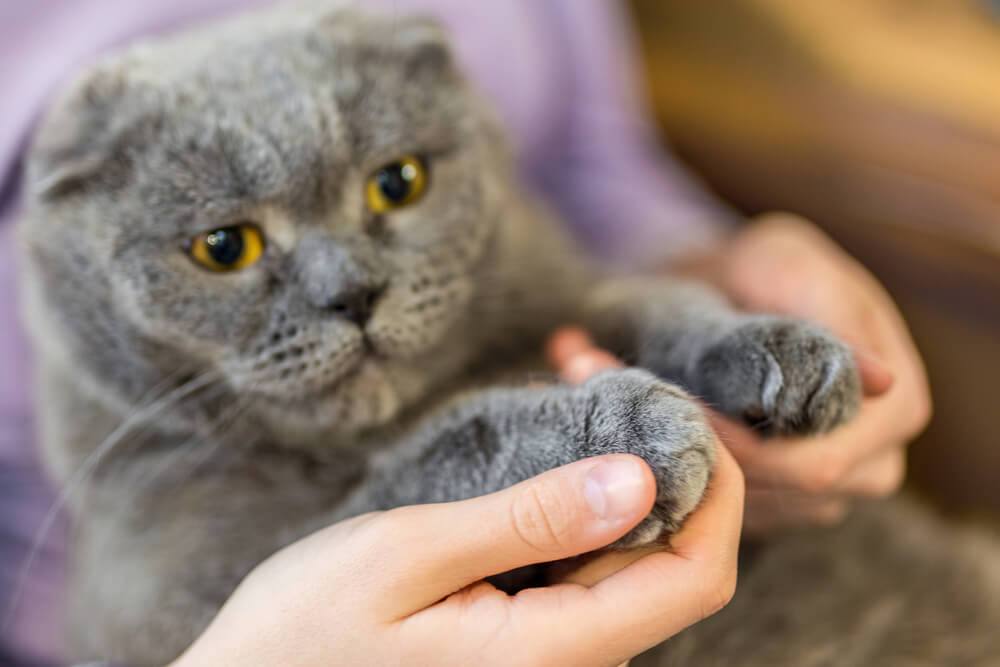
Declawing cats is sometimes medically indicated, for instance, if the cat has a tumor on the toe or has injured its paw so severely that amputating the ends of the toes is medically necessary.
Additionally, some people claim that declawing cats may save the lives of cats that would otherwise be euthanized in shelters because their owners don’t want to live with their destructiveness.
In some instances, declawing might allow an owner to keep a cat that scratches them (intentionally or unintentionally), especially for people who are ill or immuno-compromised.
Cons of Declawing Cats
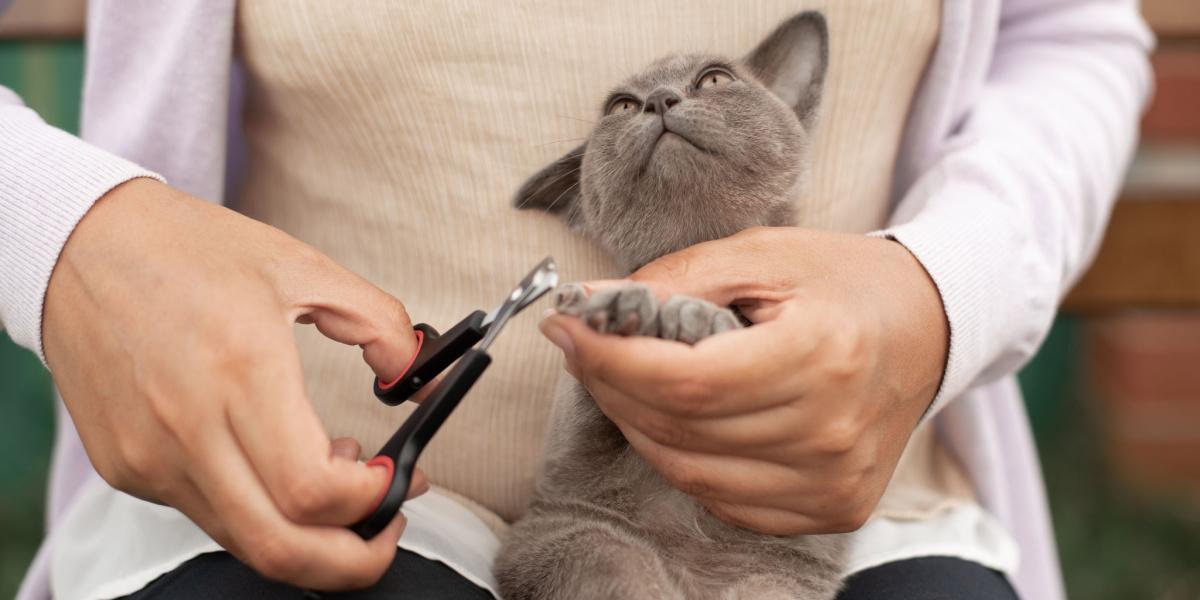
There are many downsides to declawing cats.
Those opposed to elective declawing of cats cite numerous objections to declawing cats, including the following:
- Declawing surgery is painful for the cat
- Potential for infection after surgery
- Surgical amputation is an unnecessary mutilation
- Declawing takes away a natural behavior for cats
- Declawed cats cannot defend themselves from other animals
- Some cats may have long-lasting pain or phantom pain
- Lameness (limping or problems walking, running or climbing)
- Some people claim declawed cats develop other unwanted behavior issues like aggression and inappropriate elimination (urinating outside the litter box)
Is Declawing Cats Painful?
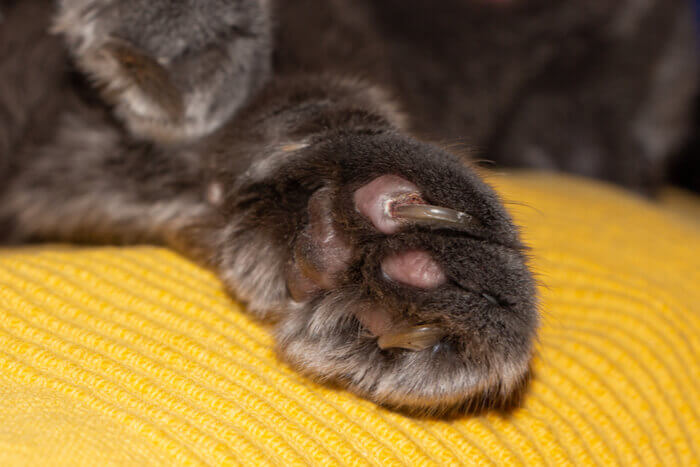
If left untrimmed, cat nails can grow until they puncture the paw pad, which is painful and can cause an infection.
Declawing is a surgical amputation of the last knuckle of each toe. As with any surgery, a declaw surgery is very painful for the cat.
For this reason, most veterinarians routinely prescribe analgesic medication to assist with pain. If your cat is being declawed, ask your veterinarian about the pain-management protocol they plan to use.
Whether declawed cats experience pain that lasts beyond the immediate recovery period is not known for sure.
The topic is hotly debated and even has a name: post-declaw pain syndrome. Some people believe that cats experience pain after a declaw for not just days or weeks, but months or even years, due to nerve damage that occurs during the surgery.
Pain may be traditional pain or may be “phantom pain,” similar to what human amputees report (feeling pain in a limb that is no longer there). Cats may limp or exhibit other signs of pain or discomfort long after they have healed from the surgery.
Some people also believe that declawed cats have more behavioral problems related to chronic residual pain, such as litter box avoidance and aggression. Because declawing a cat changes the shape of the foot, the procedure may also affect how the cat walks, runs and climbs.
How Long Does it Take for a Cat to Recover From Declawing?
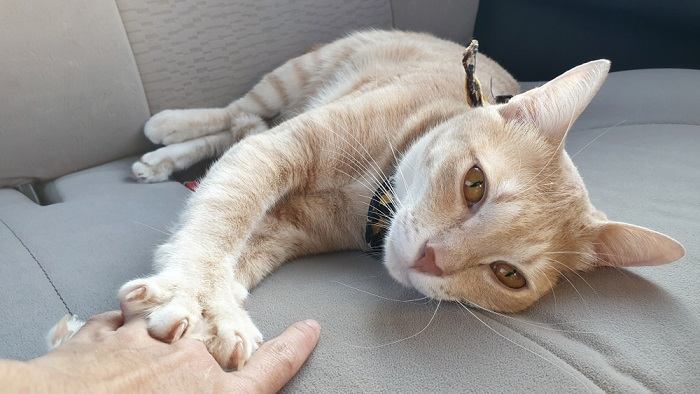
The full recovery period following a declaw surgery takes anywhere from two to six weeks, depending on the cat’s age and size.
Recovery seems to be harder for an adult cat compared to a kitten, likely due to the fact that a fully grown cat is heavier, so walking around on its wounds is more painful. While the cat is recovering, it’s important to keep them indoors so the paws stay clean and dry. Until the cat’s paws are completely healed, shredded paper must be used in the litter box in place of clay or clumping litter.
How Much Does it Cost to Declaw a Cat?

The cost of declawing a cat varies widely depending on where you live.
Because declawing is a surgical procedure that requires anesthesia, expect to pay somewhere between $300 and $1,000 depending on the age and weight of the cat, as well as whether you opt for the recommended pre-anesthetic bloodwork and IV catheter with fluids or other recommended tests or services.
Is Declawing Cats Legal?
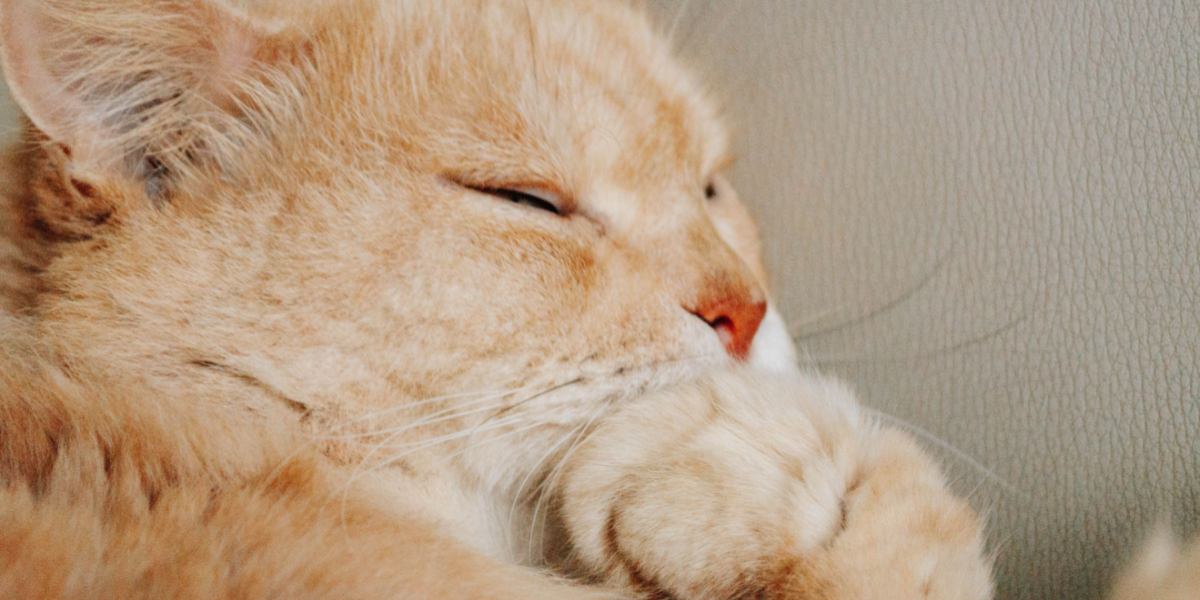
Depending on where you live, declawing cats may not be permitted by law. Declawing is banned in many European countries and the United Kingdom.
In Canada, the Canadian Veterinary Medical Association states that it “opposes elective and non-therapeutic partial digital amputation, commonly known as declawing or onychectomy, of domestic cats” and that “scratching is a normal behaviour in cats.”
In the United States, declawing is illegal in a number of cities, including the city of Denver, Colorado, as well as the entire state of New York and Maryland. More and more cities and states are considering legislation to prohibit the declawing of cats.
Several major animal organizations in the U.S. are opposed to elective declawing for domestic cats, including the American Association of Feline Practitioners (AAFP), the American Animal Hospital Association(AAHA) and the American Society for the Prevention of Cruelty to Animals (ASPCA). The American Veterinary Medical Association (AVMA) states that it “discourages the declawing (onychectomy) of cats as an elective procedure and supports non-surgical alternatives to the procedure.”
Alternatives To Declawing Cats
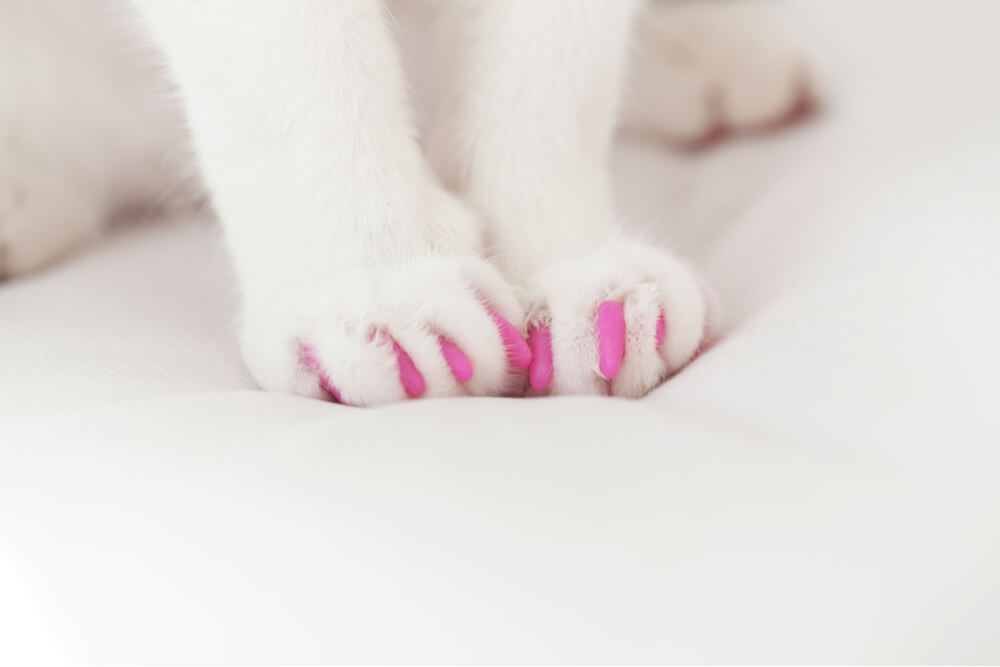
Nail or claw caps are a humane alternative to declawing your cat.
If your cat is exhibiting destructive scratching behavior, you try one of the many more humane alternatives to declawing:
1. Provide lots of acceptable scratching surfaces so your cat scratches them instead of your furniture.
Offer your cat many different objects she is allowed to scratch, including cat trees and scratching posts. Make sure to provide both horizontal and vertical scratching surfaces, and offer different types of material (carpet, sisal, cardboard, etc.).
Read More: Best Scratching Posts for Indoor Cats
2. Place scratching aversions on unacceptable scratching items.
If your cat is scratching a couch, chair, or other piece of furniture, try using a scratching aversion. One option is to cover the furniture with a protective layer of fabric (like a fitted sheet). If this isn’t enough to deter your cat, use something your cat won’t like the feel of.
Cats who aren’t deterred by fabric coverings may be less inclined to scratch surfaces covered in plastic. Try using a plastic curtain to wrap the object in question. Placing aluminum foil on the surface is another option, as is double-sided tape.
Covering a surface with double-sided tape can be tedious unless you use a product designed specifically for that purpose. KatSupreme Anti-Cat Scratch Furniture Protector is an example worth considering. It consists of large sheets of double-sided tape you can quickly affix to a variety of surfaces including polyester, cotton, and velvet. Your cat won’t like the sticky feel under their paws, so they’ll find something else to scratch – hopefully a scratching post!
For cats that scratch carpeting or other types of flooring, place a plastic office chair mat over the area with the spikey side facing up.
Place an acceptable scratching surface next to each item you cover. For instance, you might place a scratching post near the couch arm or a horizontal scratching board near the covered carpet. You can also sprinkle catnip near the acceptable scratching items to entice your cat to use them. In time, your cat will learn to leave the forbidden item alone and you can uncover it.
3. Keep your cat’s nails trimmed short.
Weekly nail trimming will keep the nails blunt so they do less damage if your cat does scratch something unacceptable.
4. Try nail caps.
Rounded vinyl nail caps like Soft Paws slip over each nail to allow the cat to scratch without causing any damage. The nail caps are secured with pet-safe adhesive glue and stay on the nail for four to six weeks, at which time they must be replaced.
Final Thoughts

Whichever option you choose, just remember that declawing your cat can cause your furry friend quite a lot of pain and suffering. If this procedure isn’t necessary due to medical issues, consider trying one of the other, less painful alternatives listed above.
